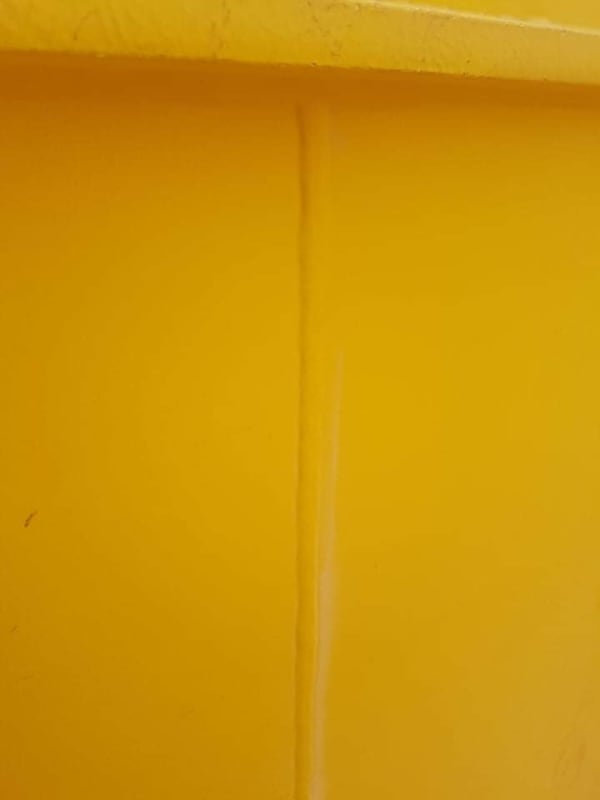amine1340
Mechanical
- Apr 7, 2018
- 7
Hello,
During my inspection for an overhead crane , I found that the beam is welded on the lateral side (see attached photos ) when I check the drawing there was no details of these welds .
my question is :
Is the beam suppose to be welded like that or Is it supposed to be formed completely as one-
Thanks in advance
[img [URL unfurl="true"]https://res.cloudinary.com/engineering-com/image/upload/v1590253846/tips/received_287272985736259_psvbpi.jpg[/URL]

During my inspection for an overhead crane , I found that the beam is welded on the lateral side (see attached photos ) when I check the drawing there was no details of these welds .
my question is :
Is the beam suppose to be welded like that or Is it supposed to be formed completely as one-
Thanks in advance
[img [URL unfurl="true"]https://res.cloudinary.com/engineering-com/image/upload/v1590253846/tips/received_287272985736259_psvbpi.jpg[/URL]

